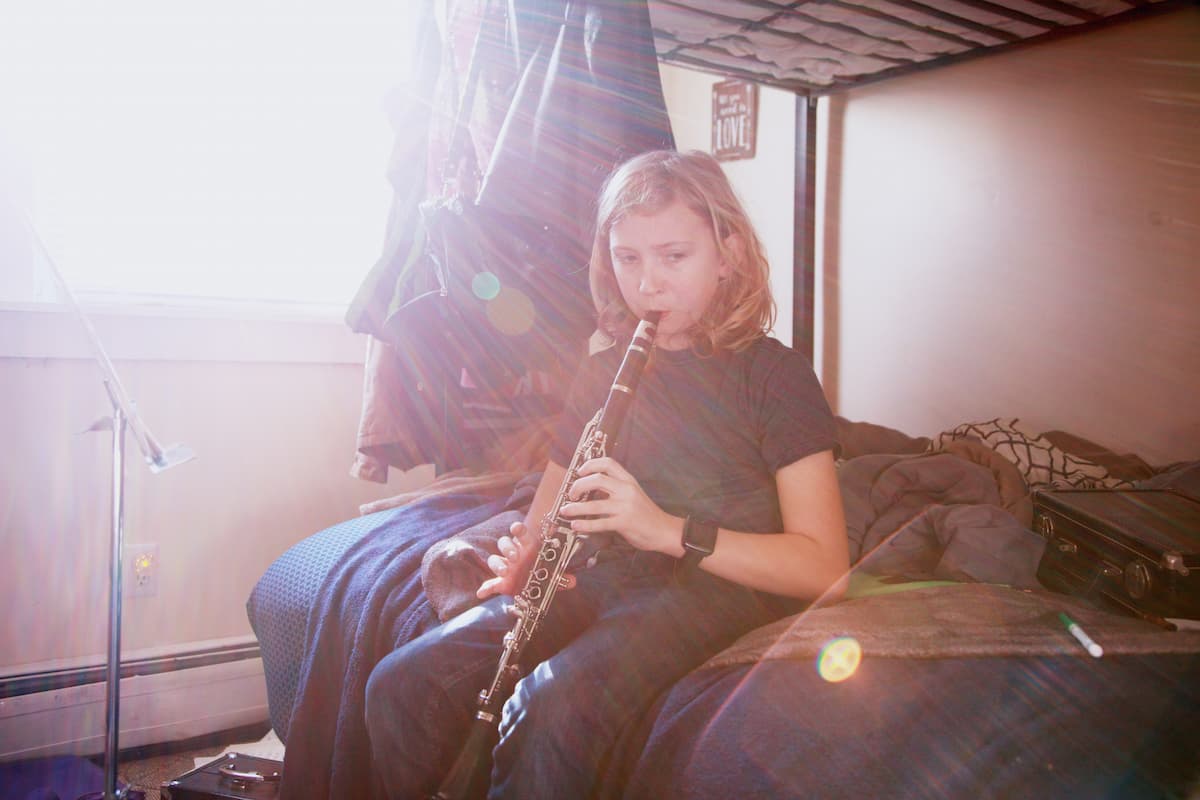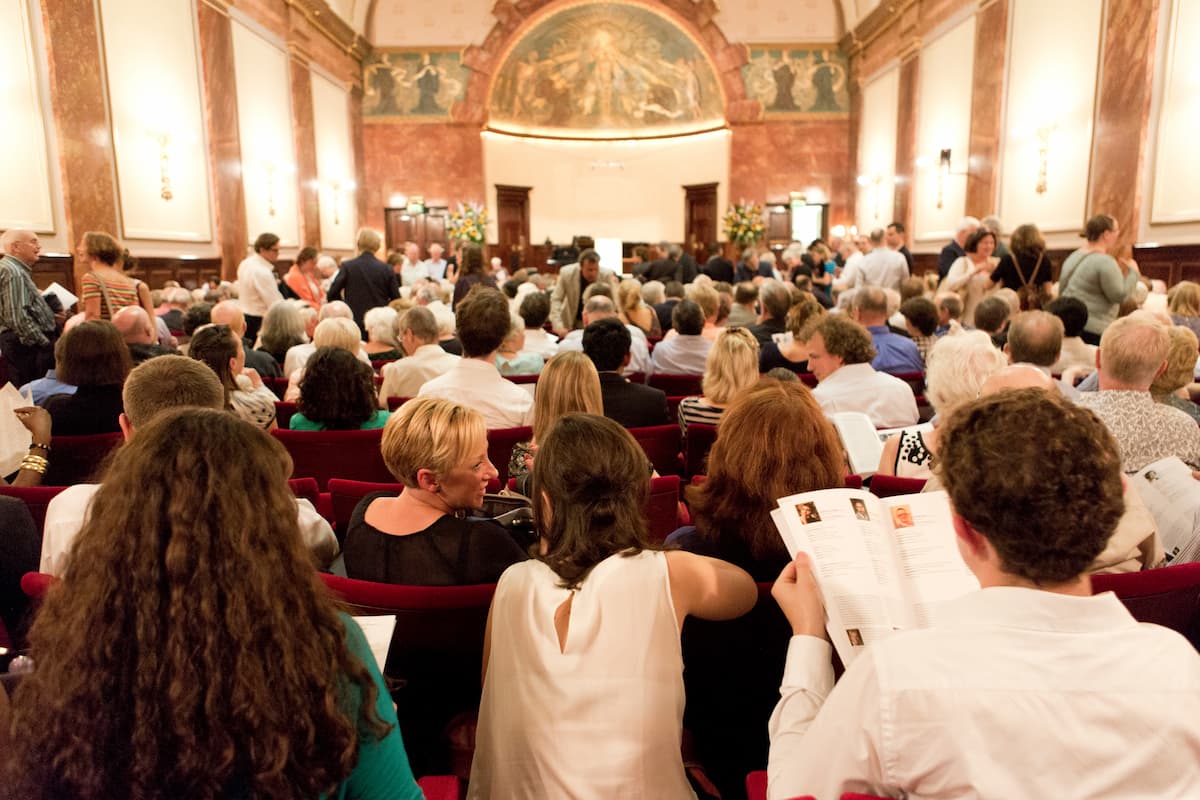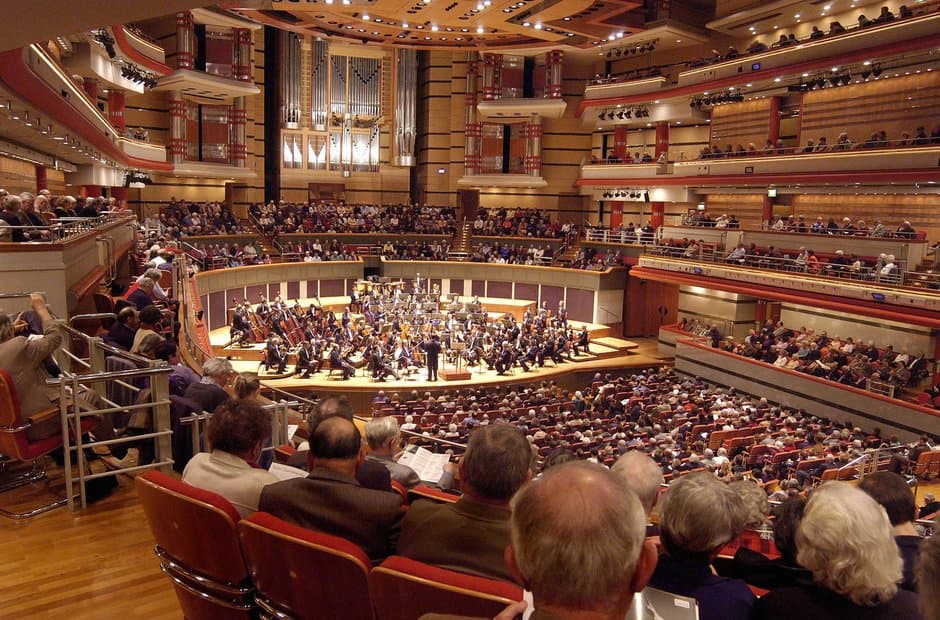
Guillaume de Machaut
Tels rit au main qui au soir pleure – Complainte
Joie, plaisence et douce norriture – chanson roial
En amer a douce vie – Rondelet
Dame de qui toute ma joie – Ballade
Dame, a vous sans retollir
Dame mon cuer – Baladelle
This is what I thought before taking time to study the music of Guillaume de Machaut; few composers of the Middle Ages – and indeed ever – were as innovative as him. Machaut is one of the few composers from that era that is still widely remembered and recognised to this day. His compositions pushed the boundaries of form and content, with many of his pieces pioneering totally new forms of the time.
If you ever thought music from this period was dry and inaccessible, then look no further than the Remède de Fortune (Remedy to Bad Fortune) from around 1340. The story in a nutshell: a Lover runs away from a Lady he likes, only to be inspired by the force of Hope (the third character in the story) to return to his Lady and serenade her. Ok, so hardly an innovation as far as the plot goes. However, the way in which Machaut uses his songs in the piece give it many layers of meaning.
For example, the Lover seeks refuge in a garden straight after fleeing from his girl, and sings a complainte. The complainte as a genre was often associated with death. Why, then, would Machaut put something so morbid in when everyone’s still very much alive and kicking? He uses the genre here as a more metaphorical death, that of the Lover’s confidence, and the beginning of the plot’s complications. Well done, Machaut.
When Hope appears, she sings to the Lover, but again Machaut picks a genre appropriate to the situation. The song she sings is a chant royal, a song form that was well-established by the time Machaut used it here. We have to remember that Hope is the teacher here – she’s passing on advice as an older, wiser person. The use of a more archaic genre goes well with the tried and tested advice that Hope gives to the Lover. Not only this, but up until this point every song has been sung by one voice. Here, Hope sings it in four. You know, because she can. The added complexity of the music also indicates that Hope really is one to be listened to – she knows her stuff.
The next song that the Lover sings, Dame de qui toute ma joie, is in two voices. Interesting – how can the lover, a human being, sing in two voices? With Hope, fair enough – she’s more of a force than a person. But why the Lover? A possible answer lies in that Machaut is showing us that the Lover has learned his lesson from Hope, and by showing him singing in more than one voice, he’s retained Hope’s ideas – the internalisation of Hope’s musical style goes hand in hand with the internalisation of her advice.
When the Lover is spurred to return to his lady, he finds her dancing with others – the music here is a virelai, a song with a circular form. This corresponds to the circle dance that is being danced at the time of the Lover’s arrival. Not just this, but on a larger scale, the Lover has come full circle; he’s returned to the Lady having learned his lesson, ready to woo her and get the happy ending we’ve all been waiting for.
In addition to the advice that Hope gives to the Lover, the Remède de Fortune is supposed to be seen as a more general guide to courtship. Ok, so it might be slightly outdated these days, unless you’re particularly into medieval poetry, but as a product of its time it’s extremely advanced. And not only does the Lover get taught how to improve his courtship (admittedly by being told not to run away from the person you fancy); Machaut gives us a comprehensive guide to many styles of composition and poetry, making it a guide to composition as well as courtship. He matches up genre to function incredibly effectively in this piece, giving the songs in the Remède multiple layers of meaning.
This stuff may still seem pretty dry, but remember: this was the 14th century. Much of what came before Machaut was monophonic (single-voiced) chant. This is just one of Machaut’s pieces that pushed the boundaries and conception of what a piece of music could be. And it sounds pretty good, too.
Selected translated passages of Remède de Fortune





Best article I’ve read today. I’m a 21 year old girl from a working-class background who has deeply admired Machaut since 2011. As I increase my understanding of Ancien Francais, I feel I am unlocking more of his sheer genius.